Description
Description
This online platform is designed for professionals working in the fields of hydrology, oceanography, and environmental science. It allows users to upload bathymetric data and generate detailed visualizations of underwater topography, such as lake or ocean floor contours, depths, and features. The website uses advanced data processing algorithms to convert raw bathymetric measurements into usable maps, 3D models, and other graphical outputs.
Key Features:
- Data Upload and Integration: Users can upload bathymetric data collected from various sources, including sonar surveys, echo sounders, or remote sensing tools. The platform supports a range of data formats, such as CSV, XYZ, LAS, or GeoTIFF, which are commonly used for bathymetric measurements.
- Depth Mapping: The website processes the bathymetric data to create detailed depth maps that display the underwater terrain of lakes, rivers, seas, and oceans. These maps can be generated with varying degrees of resolution depending on the data’s quality and density.
- Contour Line Generation: The platform generates contour lines based on the depth measurements, providing users with clear visual representations of underwater topography. These contour lines are essential for understanding features like underwater slopes, basins, and ridges.
- 3D Visualization: One of the standout features of the website is its ability to create 3D models of the bathymetric data. Users can view the terrain from various angles, zoom in on specific areas, and explore the bathymetry in an interactive 3D environment. This is particularly useful for detailed analysis or presentations.
- Seafloor/Bed Mapping: The platform can also produce seafloor bed maps showing the types of sediment, bedrock, or other features present in the water body. This feature is important for habitat mapping, sediment analysis, and environmental assessments.
- Time-Series Analysis: If multiple bathymetric surveys are conducted over time, the platform can compare and analyze changes in underwater topography. This feature helps monitor the effects of erosion, sediment deposition, and other dynamic processes affecting the seafloor.
- Data Quality and Validation: The platform includes tools for quality control, where users can visualize the data distribution, check for anomalies, and validate measurements. Outliers or errors in the bathymetric data can be flagged for correction before further analysis.
- Hydrographic Modeling: The website may integrate with hydrographic or hydrodynamic models, allowing users to input bathymetric data for flood modeling, wave simulations, or current flow analysis. This integration helps assess the impact of water movements on underwater features.
- Export and Reporting: Once the bathymetric data is processed, users can export the generated maps, 3D models, and contour lines in a variety of formats such as PDF, GeoTIFF, or Shapefile for use in reports, publications, or further geographic information system (GIS) analysis.
- Geospatial Compatibility: The platform can integrate with GIS software, enabling users to overlay bathymetric data with other geographic data sets such as satellite imagery, land topography, or environmental data.
How It Works:
- Data Upload: Users upload their bathymetric data from field surveys or remote sensing instruments. The data must include precise measurements of depth and location (e.g., latitude, longitude, or XYZ coordinates).
- Data Processing: The platform processes the raw bathymetric data, interpolating missing values, correcting errors, and converting the data into a format suitable for visualization and analysis. It can apply various algorithms to generate depth contours, topographic features, or 3D models.
- Visualization and Analysis: Once the bathymetric data is processed, users can explore the results using interactive tools such as depth maps, contour plots, and 3D models. The website allows users to rotate, zoom, and analyze the topography of underwater features in detail.
- Export and Customization: Users can customize the generated outputs (e.g., adjusting color schemes, adding grid lines) and export the results in formats compatible with GIS software or for direct presentation.
- Comparison with Historical Data: If available, users can upload multiple datasets over time to track changes in bathymetry, monitor erosion or sedimentation processes, and understand the evolution of the underwater landscape.



Reviews
There are no reviews yet.